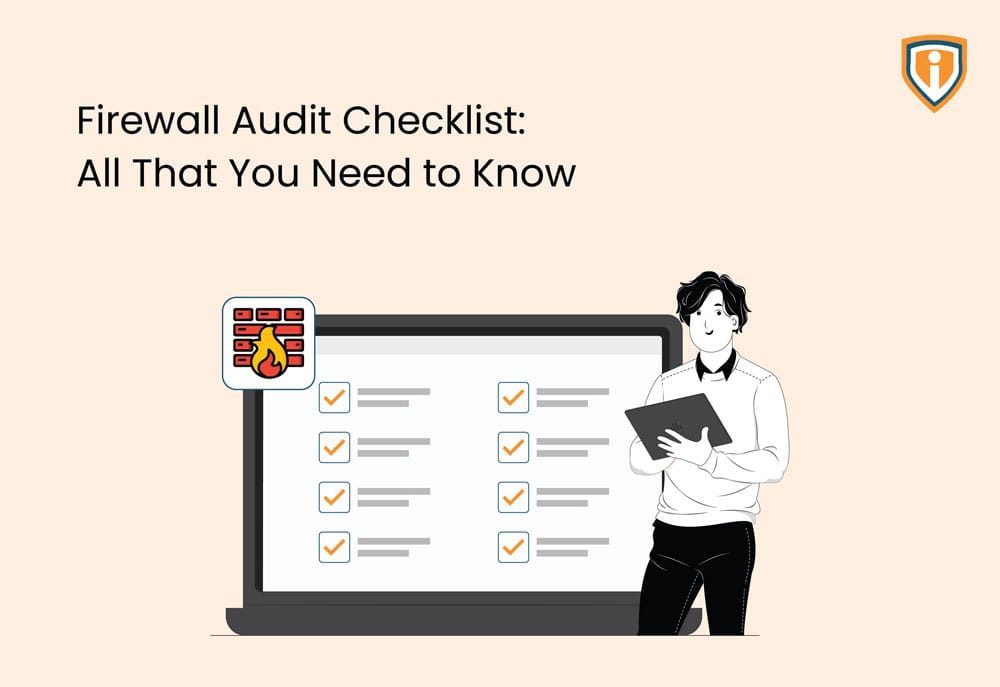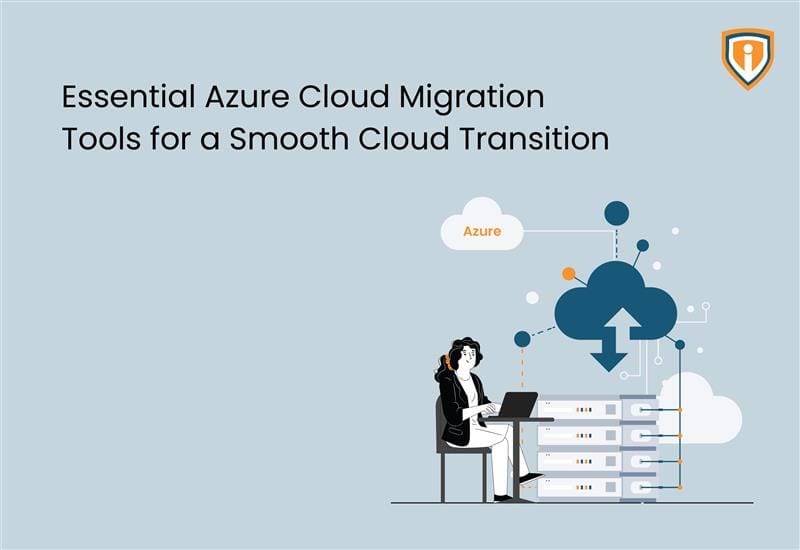Stringent standards such as SOX, PCI-DSS, and HIPAA, are the reasons why network security audits are getting good coverage these days. Your network safety, business relationship with customers make you ensure that the network is secure even if you don’t need to comply with any of these standards. Firewall audits are one good way through which you can increase your chances of catching any threat or weakness present in the network security posture. They also help in ensuring that the security controls and policy controls are being reviewed. Our Firewall Audit Checklist is meant to ease the process for you.
Infrassist recommends regular firewall audits as firewalls require constant observation to provide optimum security for your enterprise. Although, most companies assume that they are protected and do not perform a regular firewall audit. Here are some reasons why firewall audit should be a regular practice:
- Enterprises think that they did secure configuration, but it is not truly secure
- Firewalls are not investigated on a day to day basis
- Small things like a temporary rule or a disabled rule can cause security breaches
- Firewalls are not logged into every day to check the dashboards
- Backups are not configured well
- Multi-factor authentication is missing
While a firewall audit may seem like a straightforward process, it requires as much effort as a security assessment does. Let’s look at the firewall audit checklist:
Gather all information > Pre-audit
- Ensure to have copies of security policies
- Safety Check for access to all firewall logs
- Details on current network dynamics
- Review documentation from previous audits
- Find all relevant ISPs and VPNs
- Get all firewall vendor information
- Comprehend the setup of all key servers
Review the Change Management Process:
- Check the procedures for rule-base maintenance
- Analyze the process for firewall changes
- Ensure whether all previous changes were authorized
Audit the Firewall’s Physical and OS Security:
- Ensure that your management servers are physically secure
- Check the access procedures to these restricted locations
- Verify all vendor updates have been applied
- Make sure the OS passes common hardening checks
- Assess the procedures for device administration
Optimize Your Rule Base:
- Delete redundant rules
- Delete or disable unused objects
- Evaluate the order of firewall rules for performance
- Remove unused connections
- Document the rules and changes for future reference
Conduct a Risk Assessment:
- Review industry best practices for methodology
- Ask a series of thorough questions
- Document your assessment and save it as a report
Improve Firewall Processes:
- Replace error-prone manual tasks with automation
- Make sure all auditing activities have been documented
- Create an actionable firewall change workflow
If all the above steps are followed carefully, it is much easier to clear the firewall audits. For a large set of firewall audit, removing the margin for errors manually makes it worth the cost and effort. While this does cover all the scenarios that the engineers may encounter while evaluating the firewalls, it does give a broader idea of the actions that the engineers should take.
With decent experience in performing firewall audits, Infrassist Technologies has gained in-depth knowledge and expertise in performing firewall audits in diverse network scenarios. Look at our sample firewall report.





